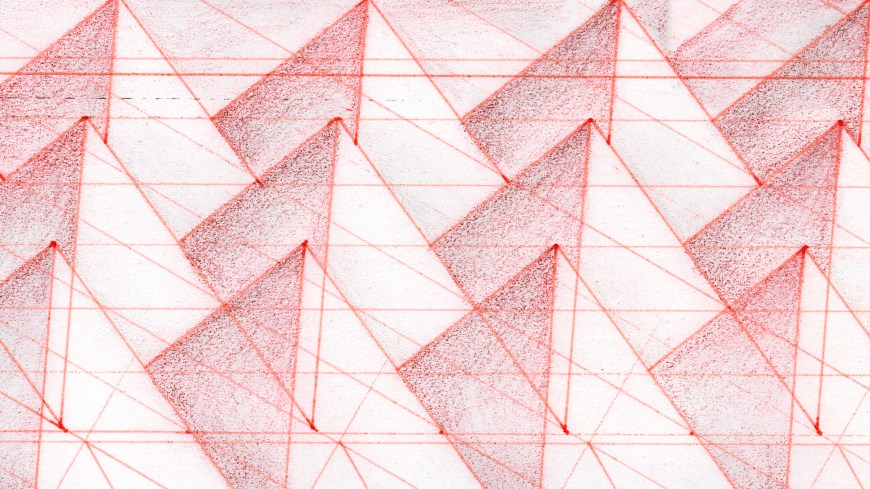CulBeat Express
2017.03.21 12:06
더그 휠러의 '인공 사막'@구겐하임
조회 수 1267 댓글 0
Guggenheim Presents First Realization of Synthetic Desert by Doug Wheeler,
Opening March 24
Guggenheim Presents First Realization of Work from Series of Light, Space, and Sound Installations Conceived by Artist Doug Wheeler in the 1960s and ’70s
Venue: Solomon R. Guggenheim Museum, 1071 Fifth Avenue, New York
Location: Tower Level 7
Dates: March 24–August 2, 2017

(NEW YORK, NY – November 22, 2016) — The Solomon R. Guggenheim Museum will present the first-ever realized work from a group of installations conceived by Doug Wheeler during the late 1960s and ’70s: Doug Wheeler: PSAD Synthetic Desert III, on view March 24–August 2, 2017. Produced in close collaboration with the artist, the Guggenheim installation is developed from drawings executed in 1971 and will be on view in the museum’s Tower Level 7. In addition to the architectural modification of an existing room to achieve an optical impression of infinite space, which is characteristic of Wheeler’s work of the period, PSAD Synthetic Desert III is also a semi-anaechoic chamber: a space designed to suppress all but the lowest levels of ambient sound. The artist’s concept of Synthetic Desert is partly drawn from psychological and neurophysiological experiments in sensory deprivation that date back to the mid-20th century. Wheeler also compares the impact of the work to his own experience of the Desert Southwest, where near-silent conditions profoundly influence the visual sensation of space.
Doug Wheeler: PSAD Synthetic Desert III is organized by Jeffrey Weiss, Senior Curator, and Francesca Esmay, Conservator, Panza Collection, with Melanie Taylor, Director, Exhibition Design, Solomon R. Guggenheim Museum. To realize the artwork, the museum is working closely with Raj Patel and Joseph Digerness of Arup, a design firm that specializes in the acoustic properties of built space. The presentation is executed in conjunction with the Guggenheim’s Panza Collection Initiative, an ongoing study devoted to questions around fabrication and installation of Minimal, Post-Minimal, and Conceptual art.
Wheeler is most closely associated with the Light and Space movement of West Coast art. Since he abandoned painting in the mid-1960s, much of his work has been based on the optical dematerialization of the space of a gallery or museum room. Through a subtle application of the technology of light and, at times, sound, he produces immersive spatial environments that heighten our understanding of perceptual experience.
For the Guggenheim installation of Synthetic Desert, being created more than 40 years after the work’s conception, the artist’s ambition is to produce a hermetic environment based on a radical reduction of optical and acoustical sensation. To protect the quality of visitor experience, which can achieve its fullest potential only if traffic is regulated and all extraneous sound is eliminated, the audience for Synthetic Desert will be limited to small groups at a time.
PSAD Synthetic Desert III entered the Guggenheim collection in 1992 along with many other Minimal, Post-Minimal, and Conceptual artworks from the 1960s and ’70s that were acquired from the collector Giuseppe Panza di Biumo. The realization of Synthetic Desert is intended to produce an authorized iteration of the work that can be re-created at the museum in the future.
EXHIBITION FUNDERS
Doug Wheeler: PSAD Synthetic Desert III is sponsored by BASF Corporation.
Major support is provided by LLWW Foundation.
Funding is also provided by Glenstone Foundation, Suzanne Deal Booth, and The Brown Foundation, Inc., of Houston.
ABOUT DOUG WHEELER
Douglas Wheeler was born in 1939 in Globe, Arizona. After beginning his career as an abstract painter, in 1965 Wheeler made an important transitional step that would impact the rest of his oeuvre: he began to encase neon lights in the backs of his paintings, creating the impression that they were glowing with self-contained, inner light. Shortly afterward, he abandoned brush painting to make fabricated light paintings, lacquered boxes illuminated from within by neon lights, and light encasements, vacuum-formed plastic squares edged inside with neon tubing. Later installations use light to manipulate architecture and create the perception of entering the void. Constructed directly into the gallery or museum space, his “infinity environments” (to use the artist’s term), employ a continuous use of steady light. Wheeler’s first solo exhibition opened at the Pasadena Art Museum in 1968 and was followed by others at the Ace Gallery, Venice, California (1969), and Galerie Schmela, Düsseldorf (1970). His work has been presented in group exhibitions at the Tate Gallery, London (1970); P.S.1 Contemporary Art Center (now MoMA PS1), New York (1976); Venice Biennale (1976); and Museum of Contemporary Art, Los Angeles (1986), among others. In 2011–12, Wheeler’s work was included in the Getty Research Institute’s Pacific Standard Time initiative and exhibited in Phenomenal: California Light, Space, Surface, Museum of Contemporary Art San Diego.
ABOUT THE PANZA COLLECTION INITIATIVE
Led by curator and scholar Jeffrey Weiss and conservator Francesca Esmay, with the support of a major grant from the Andrew W. Mellon Foundation, the Panza Collection Initiative addresses the long-term preservation and future exhibition of artworks of the 1960s and 1970s. The initiative is focused on the extensive collection of Minimalist, Post-Minimalist, and Conceptual art that the Solomon R. Guggenheim Museum acquired from Italian collector Giuseppe Panza di Biumo in 1991 and 1992. Its goal is to ensure that these exceptional holdings are researched, preserved, and presented to the public with proper consideration for historical context, material integrity, and artistic intention. By evaluating specific works, the initiative also aims to develop a broader framework through which to address the long-term sustainability of other variable, ephemeral, or fabrication-based artworks of this era. More information about the Panza Collection Initiative can be found at guggenheim.org/panzacollectioninitiative.





